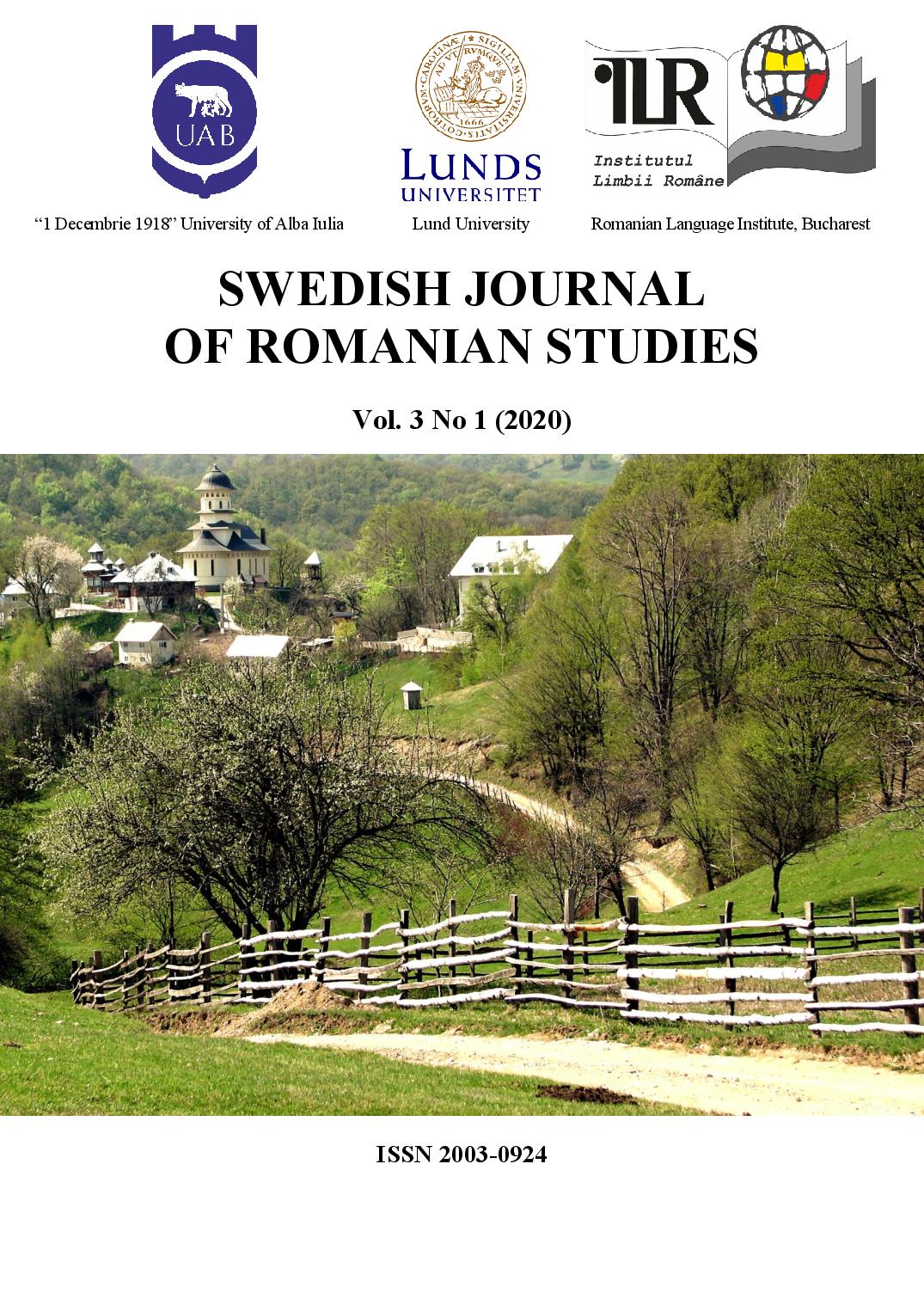Uses of the Throne Hall in the former Royal Palace in Bucharest from 1947 to 2019: a social semiotic perspective
Uses of the Throne Hall in the former Royal Palace in Bucharest from 1947 to 2019: a social semiotic perspective
Author(s): Marina-Cristiana RotaruSubject(s): Cultural history, Governance, Local History / Microhistory, Social history, Culture and social structure , Post-War period (1950 - 1989), Present Times (2010 - today), Post-Communist Transformation
Published by: Språk- och litteraturcentrum, Lunds Universitet
Keywords: space; place; story; consumerism; Throne Hall;
Summary/Abstract: The purpose of this paper is to investigate, from a socio-semiotic perspective, the manner in which the political regimes installed after the forced abdication of King Mihai I (on 30 December 1947) used the Throne Hall in the former royal palace in Bucharest to meet their own needs. In December 1947, Romania was illegally turned from a constitutional monarchy into a popular republic, with the help of the Red Army. Then, the popular republic was transformed into a socialist republic, in fact, a communist dictatorship. In December 1989, the communist regime collapsed and was replaced by a post-communist one, a regime which did not seem willing to leave behind the communist ideological legacy, manifest, in the 1990s, in the brutal repression of anti-government protesters in University Square in Bucharest, or in the Romanian Mineriads of 1990 and 1991. The political regimes that succeeded to power after 1947 deprived the Throne Hall of its monarchic symbolism and used it in ways incongruent with its inherent function, albeit for official purposes. The manner in which the communist regime made use of this particular place is indicative of its intent and success in reinventing traditions or adapting older traditions to its ideological goals, in order to alienate Romanians from their recent past, in disrespect for the nation’s heritage. Although the former royal palace was completely transformed into a national museum of art after 1990, a cultural institution meant, by its very purpose, to save at least part of the nation’s memory, political decision makers ignored the symbolism of a national museum such as the National Museum of Art of Romania, known to many Romanians as the former royal palace. In bewildering, yet not unprecedented fashion, the Throne Hall has been recently used, by the Romanian government, as a dining hall in a series of events that preceded the takeover of the presidency of the EU Council by Romania in January 2019. We claim that the government’s decision can be circumscribed to Jean Baudrillard’s concept of consumerism, characterized by the rule of sign value as a status symbol. In addition, Jan Blommaert’s and Barbara Johnstone’s taxonomies further the argument that the Throne Hall is not a mere space, but a place, its function having been perverted by both ideological manipulation and aggressive consumerism.
Journal: Swedish Journal of Romanian Studies
- Issue Year: 3/2020
- Issue No: 1
- Page Range: 188-205
- Page Count: 18
- Language: English

